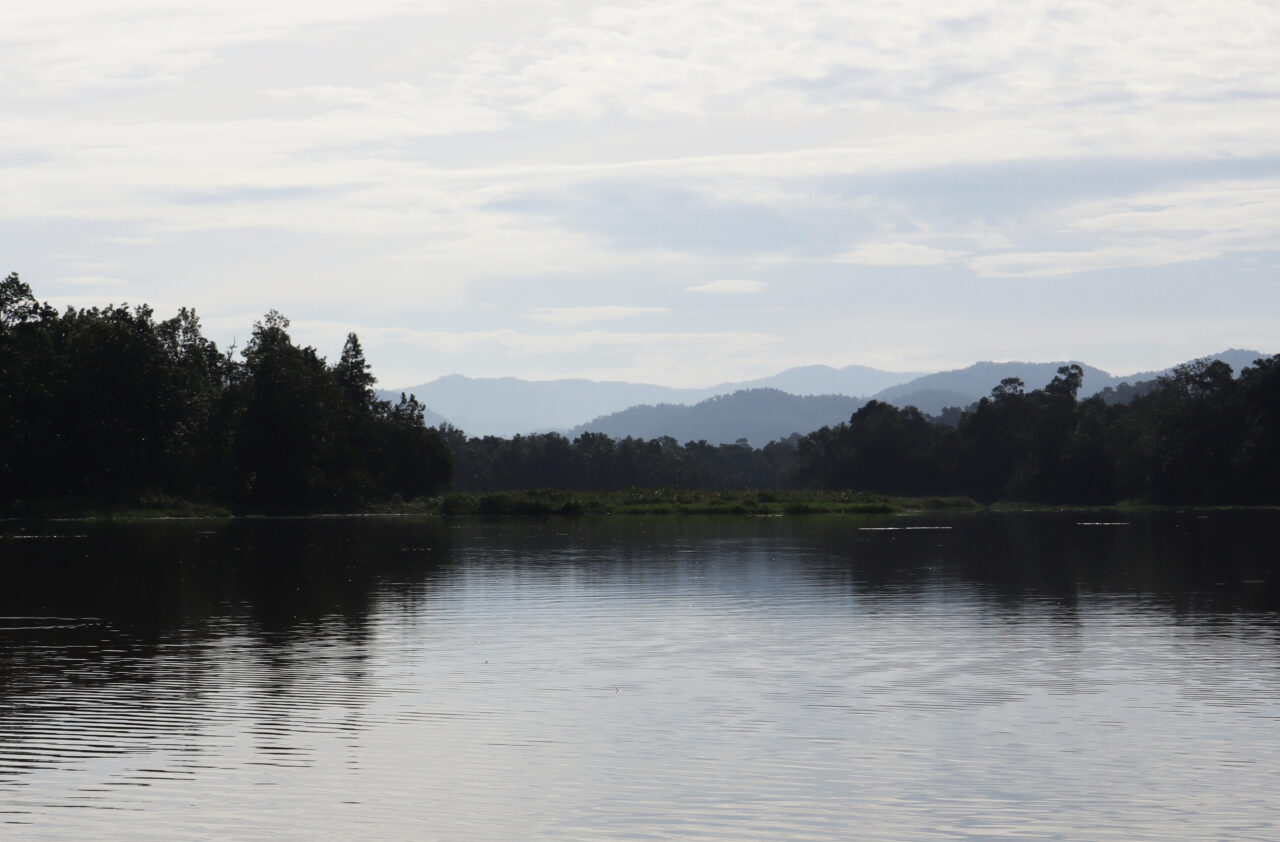our goals
respect for nature and animals
our philosophy is to always work with nature and never against it and to treat animals always and at all times with the greatest respect and not to endanger their habitat in any way.
empower woman
our ambition is to strengthen women’s rights by supporting organisations that create jobs for women and thereby promote the independence and equality of women worldwide.
protect resources
our aim is to use materials that have already been used wherever possible. in this way, we want to reduce the burden on the environment and keep raw materials in the cycle.
save crafts
our goal is to preserve the craft with its traditions, because it is so much more than just about production. it is about culture, identity, relationships and freedom.
our materials
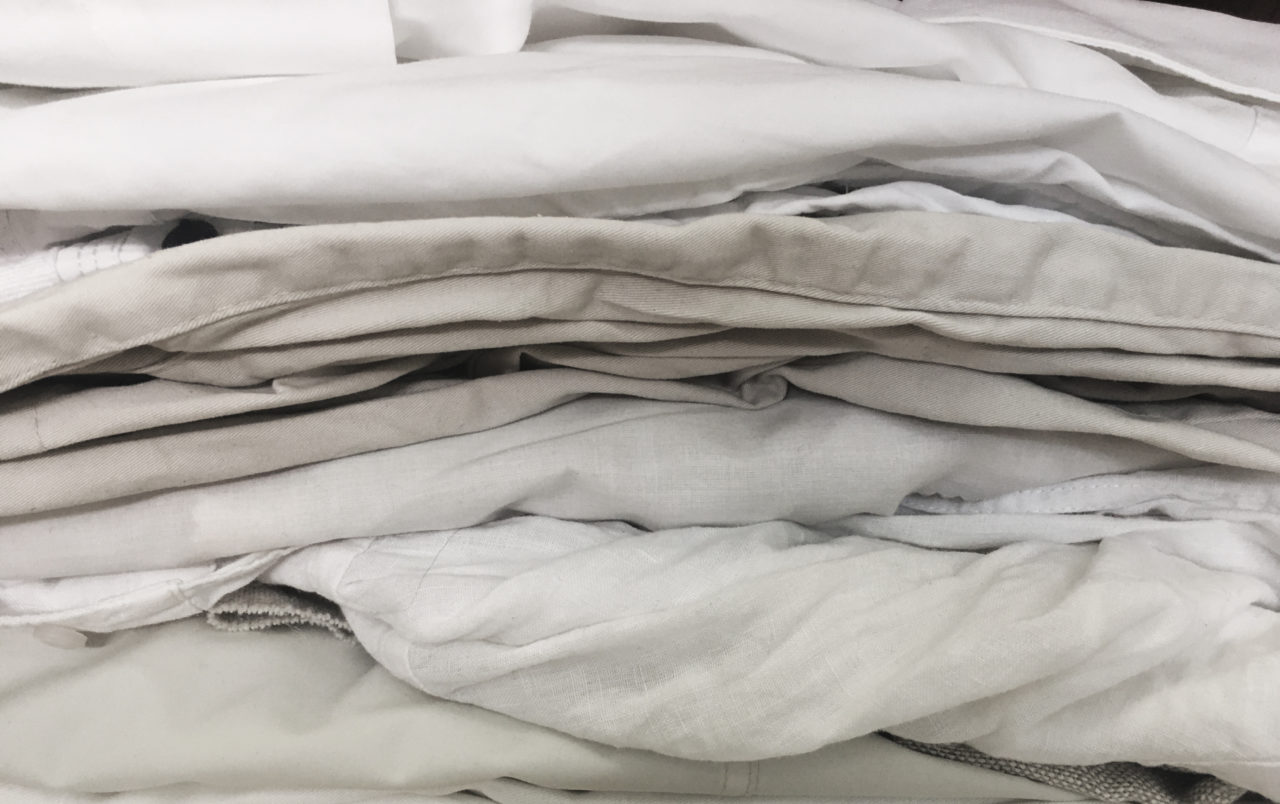
redesign
in 2018, 107 million tons of textiles were produced worldwide. by 2030, an increase to 153 million tons is predicted. 25% of all clothes worldwide are not sold and 25% are only worn 1x. every year in switzerland, 6.5 kg of old clothes are given away per person. We want to build on these facts and actively change these problems. our goal is that resources are used longer and remain in the cycle.
we redesign products under the name MADE OF FOUND OBJECTS. this title stands for the value of existing resources. we transform found, used or unused items and textiles into new, unique accessories and clothing. we find the materials by collaborating with used clothing centers, thrift stores as well as companies that have unsold products. in selecting products for redesign, we take great care not to use products that are needed in other places (for example, in crisis areas). we want to redesign products that either cannot be worn in this condition or there is not enough demand.
many thanks among others to brockenhaus Hiob Emmen (CH), the old clothes center Caritas Waldibrücke (CH) & the workwear company PETERMANN (DE).
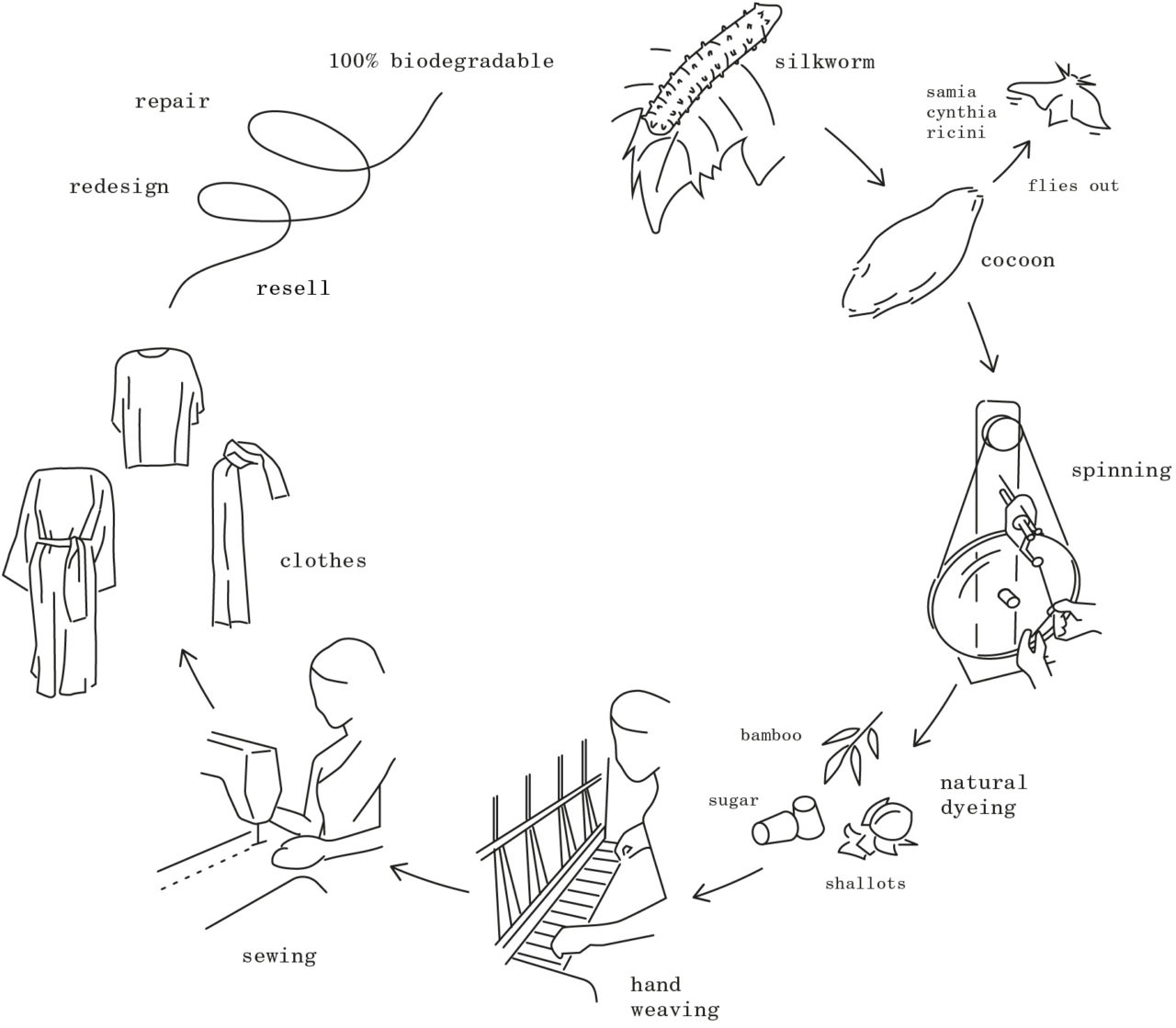
wild eri silk (peace silk)
in contrast to the better-known mulberry silk, eri silk is still little known. it is obtained from the cocoons of the god tree moth (samia cynthia). in eri silk, the pupa does not die in the cocoon, as in conventional silk, instead the moth can leave the cocoon after its transformation and fly away. that is why eri silk is also called “peace silk” .
our wild eri silk comes from the forest regions of northeastern india, assam. 7Weaves produces in their studios hand-woven and nature-dyed wild eri silk (peace silk). in the communities there is still much knowledge about weaving with natural fibres and dyeing with natural materials. producing textiles that meet the needs of the global market strengthens the position of women, economic freedom and the preservation of the region’s impressive biodiversity. 7Weaves’ projects ensure that future generations will continue to protect their land, people and traditions. every stage of the production of raw eri silk is handmade by women who have learned from their mothers and their mothers before theirs. the craft is about so much more than just making something. it’s about culture, identity, relationships and freedom. integrating these skills and stories into the modern fashion industry is an alternative to what is currently there and brings about the positive change we need to see in the world.
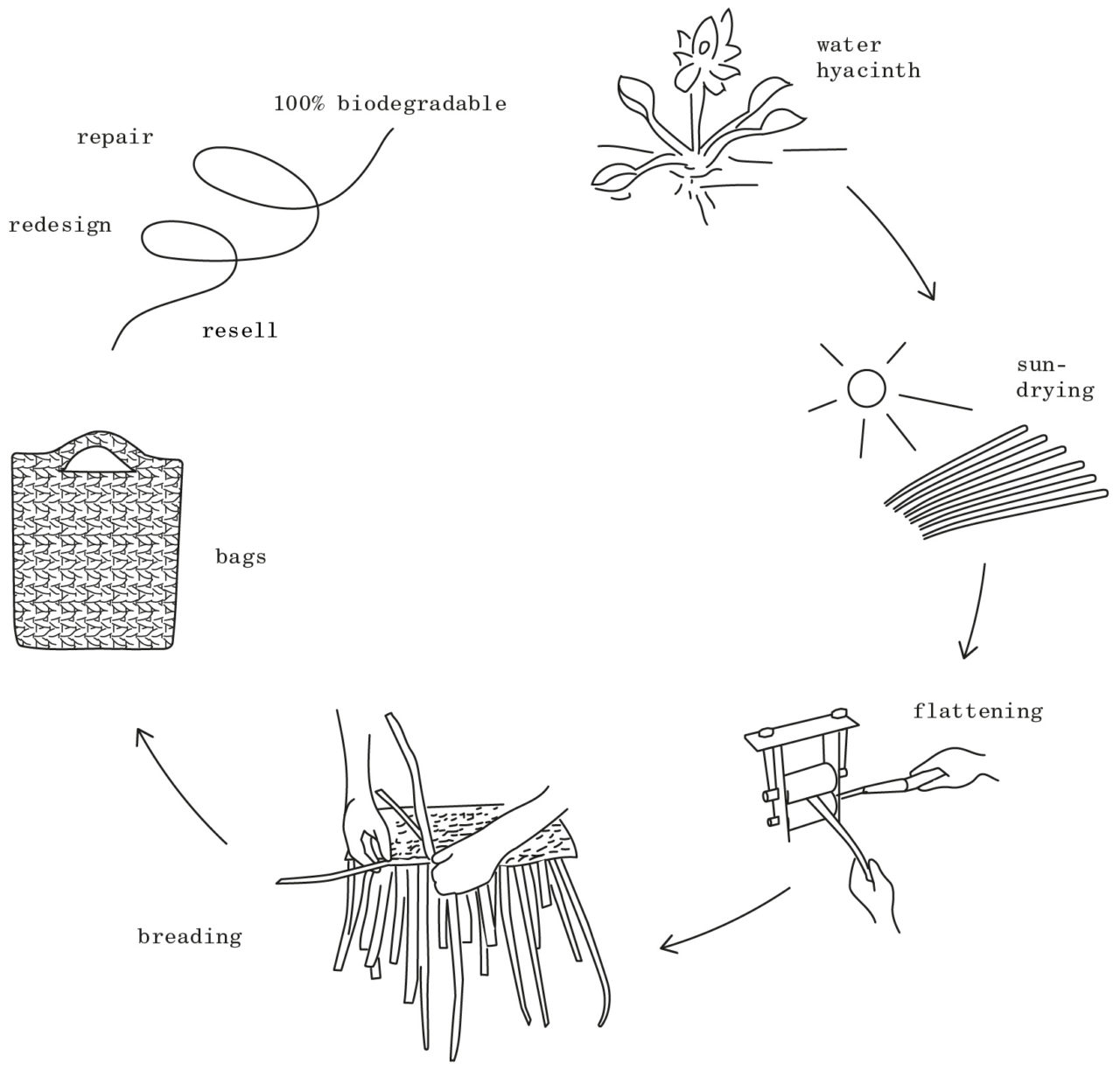
water hyacinth
water hyacinths are native to the south american tropics, but have also spread to many other tropical waters, where they tend to displace other plant species and become a hazard to shipping and fishing, as well as causing flooding when they block water culverts.
our water hyacinths comes from the deeporbeel nature reserve, one of the richest wetlands in the world. it is located just outside the city of guwahati in the northeast of india, in the assam region. the largest economic sector is fishing, whereby the lakes in the area suffer partly from overfishing.
the community collective Simang offers an alternative for living and working in the deeporbeel region. The collective supports the preservation of tradition and sustainable living with nature. the production of baskets and accessories from the natural fibres water hyacinth, the exotic weed, creates new opportunities for the region and the women who have rediscovered an almost lost craft.
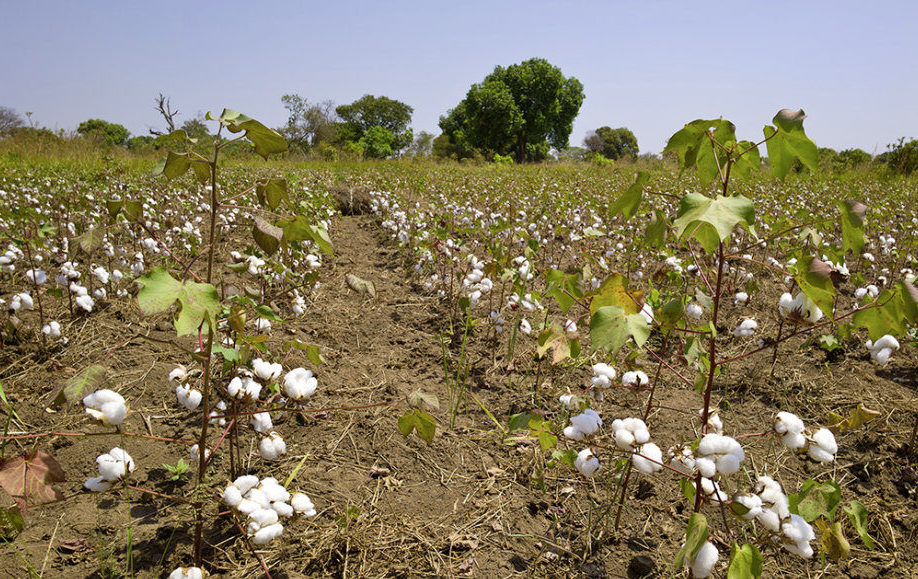
organic cotton
the cotton plant is a plant genus from the mallow family. the plant loves tropical to subtropical climate and there are about 20 to 51 different species. cotton is obtained from the seed hairs of the plants. only the long fibers are used for textiles. the cotton plant has a high water consumption during cultivation, so it is relevant from which regions the cotton comes.
we only use organic cotton and it has to come from projects that support cotton farmers. our organic cotton comes from uganda and regions of central asia where there is enough rain. no genetically modified seeds, artificial fertilizers or pesticides are used there. in addition, fair wages and a fair trade premium are paid to create better living conditions. our cotton fabrics are GOTS and IVN Best certified and come from controlled organic cultivation.
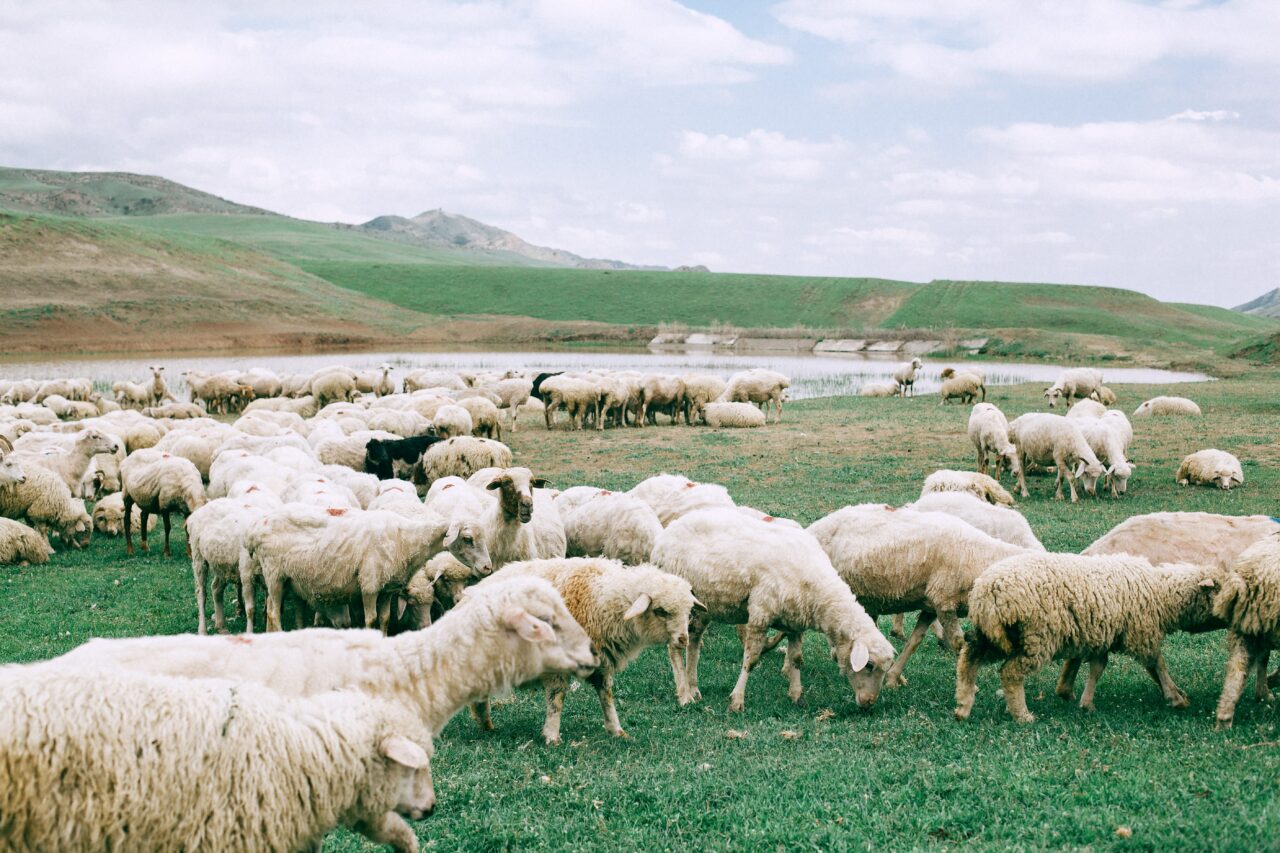
organic sheep wool
sheep’s wool is considered one of the first textile raw materials that people used for their clothing. the shorn hair was woven into felt and later into fabrics. the annual wool production of a sheep provides an average of 4 – 4.5 kg of raw wool per year, which is about 5 sweaters. pure new wool is about three times more expensive than synthetic fibers.
when we selecting sheep wool textiles, the well-being of the animals is the most important thing. sheep are wonderful animals and should be treated as such. under no circumstances should cruel animal practices be used to obtain wool. that is why we only use GOTS certified wool fabrics.
source of material information
Federal Office for the Environment
Materialarchiv
Textile Exchange
7 Weaves

